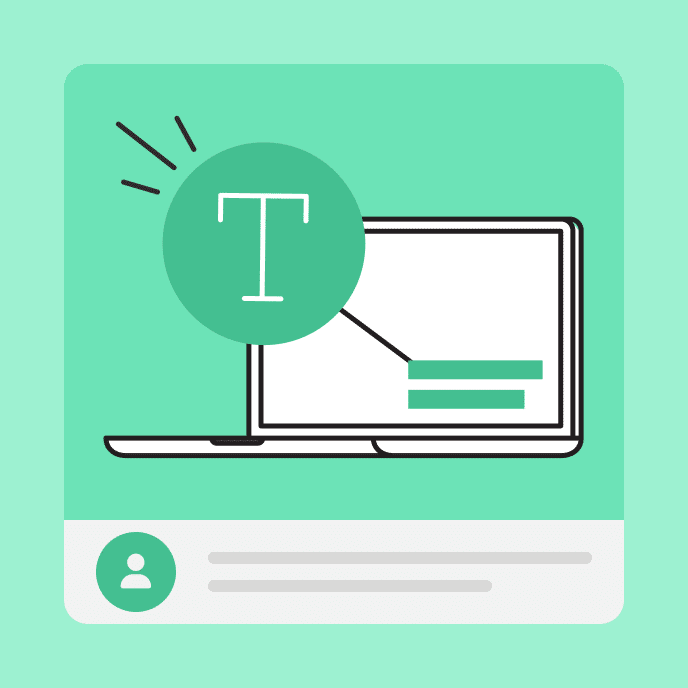How to Avoid Needs Analysis Paralysis
Learn practical strategies to conduct efficient training needs analysis without getting stuck in analysis paralysis. Get actionable tips for better learning outcomes.

How to conduct effective needs analysis without losing momentum
Training needs analysis is crucial for creating meaningful learning experiences, but let’s face it: analysis paralysis is real.
I’ve been on both extremes—projects where I spent more time filling out analysis forms than creating actual learning content, and others where we skipped analysis entirely and jumped straight into development.
The key is finding the right balance between gathering crucial insights and maintaining momentum. Here’s what I’ve learned about conducting efficient needs analysis that actually drives results and how to strike the perfect balance between gathering essential insights and maintaining project momentum, helping you create more effective training programs faster.
The real goal of needs analysis
Strip away all the complexity of course design and the core purpose of needs analysis becomes clear: creating learning experiences that feel authentic and relevant to your learners. That’s it. Everything else is just a means to that end.
Practical approaches for quick, effective analysis
Get out of your digital bubble
As learning designers, we can easily become trapped in our own tech-comfortable world. Your reality might be a high-end laptop with dual monitors, while your learners share a single computer in a warehouse. Or perhaps they’re accessing content on their phones between customer interactions.
Quick Win: Block out just 2-3 hours to observe the actual environment where your learning will be used. The insights you gain will be worth far more than any survey data.
Connect with your real users
Understanding your learners isn’t just about demographics—it’s about context. What drives them? What frustrates them? How will they actually apply what you’re teaching?
Quick Win: Shadow just two learners for an hour each. Watch how they work, ask questions, and understand their challenges. Even this small investment can transform your approach. A bonus is that you’re actually engaged with them and that may win them over on the value of the course you’re creating.
Build a pilot team
If you can’t regularly access your end users, create a representative pilot team. They can help you work through the course design and filter what’s good and bad for the course.
Include:
- Recent learners (they remember the struggles)
- Experienced practitioners (they know the nuances)
- Front-line supervisors (they see the application gaps)
Avoid the common trap of only including senior experts who may have lost touch with the learner’s perspective.
Embrace rapid prototyping
The days of spending months on ADDIE-style analysis are largely behind us. Modern authoring tools let us:
- Create quick prototypes
- Get immediate feedback
- Iterate rapidly
- Launch faster
Pro Tip: Meet with your subject matter experts (or your pilot team) to brainstorm real-world scenarios while you prototype your course design. You’ll get authentic content while learning about their actual needs. And the rapid prototyping allows you to quickly test what works and what doesn’t.
Use targeted surveys (when necessary)
If face-to-face access isn’t possible, well-designed surveys can help. The key is focus:
- Keep them short
- Ask about specific challenges
- Include questions about context
- Focus on application scenarios
Tools like SurveyMonkey, Google Forms, or your LMS’s built-in surveys make this easier than ever.
Know when to skip formal analysis
Yes, I said it. Sometimes you don’t need extensive analysis. You might have:
- A well-defined compliance requirement
- Clear business objectives
- Experienced SMEs who know the audience
- Time constraints that demand rapid deployment
In these cases, trust your instructional design instincts and move forward. Just be ready to iterate based on feedback.
Finding your balance
The sweet spot in needs analysis varies by project, organization, and context. A university course redesign might require deeper analysis than a quick software update training. The key is matching your analysis depth to your project’s needs.
Ask yourself:
- What decisions will this analysis inform?
- What’s the cost of getting it wrong?
- What’s the cost of delay?
- What do we already know?
Moving forward
The goal isn’t perfect analysis—it’s effective learning that serves your users’ needs. Sometimes that requires deep research. Sometimes it requires quick action. Your job is to know the difference.
You may also like

What Is xAPI? Tracking Learner Data—Wherever It Goes
Discover what xAPI is, how it works, how it compares to SCORM, and why it’s seen as the future of tracking learner experiences within and beyond the LMS.

